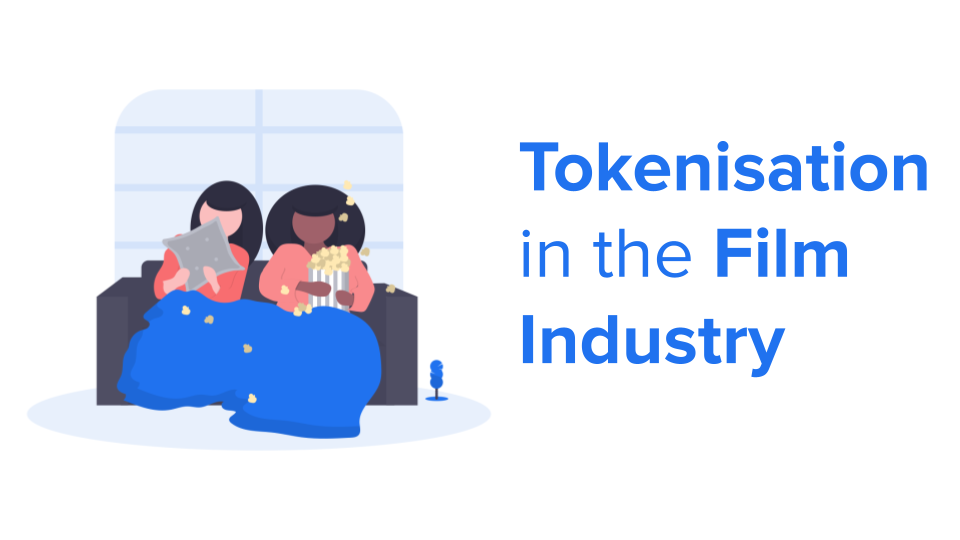The film industry is a $275 billion industry. The industry is growing exponentially over time. From old black and white films, to box office, to more modern services like streaming and subscriptions. It is a rapidly evolving space. Enter blockchain technology, a major player about to disrupt the film industry. Tokenisation of assets is going to change it all.
Blockchain has made asset tokenisation a reality. Asset tokenisation is converting an asset to its digital counterpart and recording it on the blockchain. It allows you to break one asset into numerous valuable fragments.
For example, imagine there’s an undervalued art piece worth ₹10,000 you want to buy. You really want it but can’t afford it. However you can afford to pay ₹2,000. Say, the asset can be tokenized and split into 10 tokens worth ₹1,000 each. Now you can afford to buy 20% (₹2,000) of it. And even get interested friends to buy the remaining tokens and enjoy joint ownership. That’s the power of asset tokenisation.
This is not just limited to art pieces. You can tokenise anything from real estate to financial assets and now assets in the film industry.
Although cinemas and streaming services are thriving now like never before. There are a few challenges for people entering the industry. Like unequal opportunities to all, hidden barriers to entry and lack of transparency.
The use of the emerging technology will help in overcoming all of these challenges. It enables low barriers to entry, more opportunities and a better flow of liquidity.
Let’s go over some of the benefits of tokenisation to the film industry.
Equal Opportunity
Large production houses dominate the industry. On top of it, they are very picky with their funds. Smaller and emerging filmmakers have a lower chance of receiving substantial funding due to a lack of presence/name. Tokenisation enables the projects to get funded successfully by allowing everyone and unlimited investors to participate. It also allows all an equal say in the creative process.
Transparency
All stakeholders in the project will have full access to the database on the blockchain, which is immutable by nature. Thus making all data, knowledge and processes extremely transparent.
Cutting out the middleman
Smaller players in the market want to get their film out in the market but can’t afford the expensive middleman. This include getting your movie into cinemas or onto mainstream streaming services. Tokenisation can enable the film maker to directly sell his movie, in the form of tokens, to the consumer. This cuts out a bulk of the costs.
Fractional Ownership
As we discussed in the example earlier, tokenisation enables fractional ownership. This does give a sense of a more democratised asset as well. You don’t need large capital or funding to invest. Anyone and everyone can own This is a form of crowdfunding.
Closing thoughts
Any asset that can be tokenise, will be. Blockchain will be revolutionary to the industry. Especially since even the most common investors will have a stake in a movie! The opportunities are endless.

